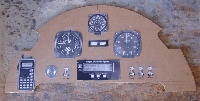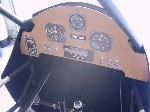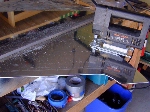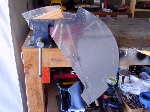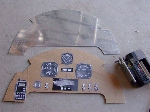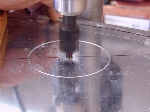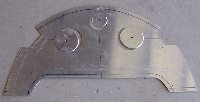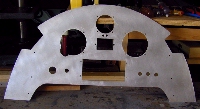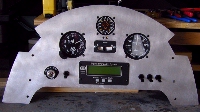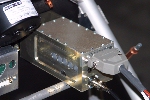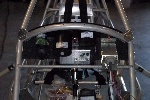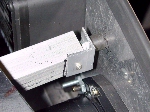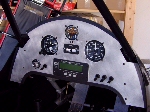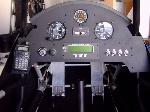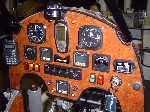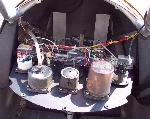Before you can install your instrument panel permanently, you will need to wire all of the gauges to the rear and attach any tubing, like the pitot tube to your airspeed gauge or EIS unit.
One way to get around this problem is to permanently mount your fiberglass nose cone "AFTER" you have installed the instrument panel and wiring. In doing so, this will give you all the room you will need for wiring the gauges. If you are using the factory chisel nose, you will not have to worry as the nose will not be covered until you are ready to cover the fuselage.
Another option is to place your instrument panel on hinges with a couple of screw key locks so you can tilt your panel out to work on it or to use "ALL" screw key locks so the panel can be easily removed at a later date. |
